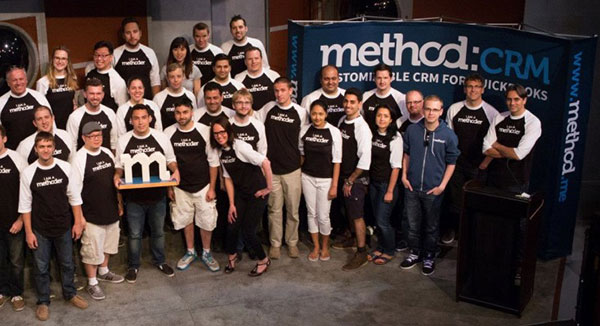One Sales Lesson That Saved Christmas and Sparked a $100-Million Company
This post “One Sales Lesson That Saved Christmas” appeared first on Inc. When Michael Litt came up with the idea for Vidyard in the winter of 2011, he knew that…

The 7 Most Shared Stories from 2014
In this roundup of the most shared stories from the ClearFit Blog, 2014, you’ll discover the surprising strategies some of the world’s best entrepreneurs have used to scale their sales…

Mark Roberge: How an Engineer Scaled HubSpot’s World-Class Sales Team
When one of the cofounders of HubSpot asked Mark Roberge to build the sales team at their startup, Mark said yes. Problem was, he had no experience running a sales…

Paul Jackson: Why Agility Is the Key to Method’s Sales Success
In 2010, when Method Founder and CEO, Paul Jackson, set out to build a sales team for his software business, he made a costly assumption based on a widely held…
